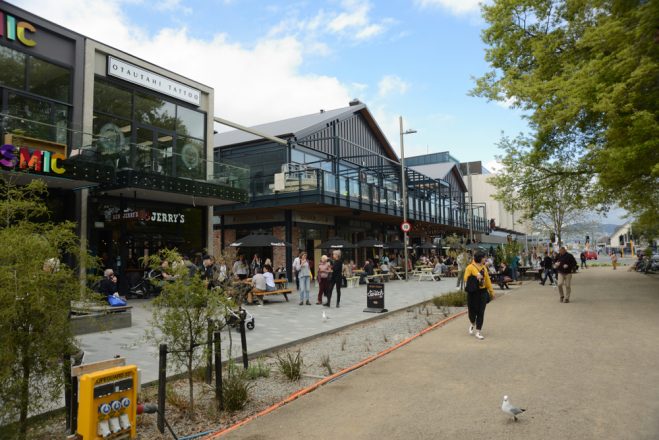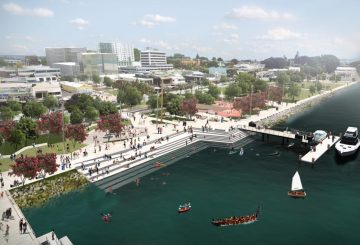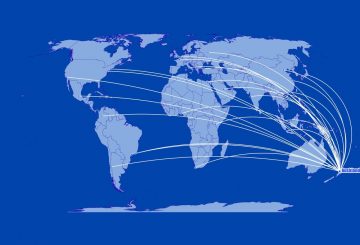Các doanh nghiệp đang cảm thấy ít bi quan mặc dù sự bùng phát của Auckland Covid-19 đang kéo dài.
Triển vọng kinh doanh của ANZ New Zealand tháng 9 cho thấy chỉ 7.2% là bi quan, một sự cải thiện đối với 14.2% là những người bi quan trong tháng 8.
Nhưng nhà kinh tế trưởng của ANZ Sharon Zollner cho biết triển vọng hoạt động của chính mình rất mạnh mẽ với 18% tự tin, với niềm tin rằng nhu cầu sẽ hồi phục.
“Về cơ bản dường như các doanh nghiệp đang nhìn qua tình trạng khóa cửa hiện tại, biết rằng chúng tôi đã ở đây trước đây và những gì chúng tôi đang nhìn thấy cả ở đây và ở nước ngoài là nhu cầu có xu hướng hồi phục khá mạnh mẽ, miễn là hỗ trợ tài chính đó có để giúp mọi người vượt qua nó,” Zollner nói.
Cô ấy nói đó cũng là kỳ vọng lần này.
“Điều đó nói rằng chúng tôi đang ở đây, gần 50 ngày vào khóa cửa và con đường phía trước vẫn còn khá mờ và sự không chắc chắn kéo dài, thì rủi ro là chúng tôi thấy những tình cảm và các chỉ số hoạt động hướng về phía trước bắt đầu trượt, nhưng bây giờ, chúng trông rất mạnh mẽ.”
Nhưng kỳ vọng lợi nhuận và ý định đầu tư đang giảm khi đối mặt với áp lực chi phí và lạm phát cao, nhấn mạnh rằng điều kiện kinh doanh vẫn còn khó khăn.
“Kỳ vọng lạm phát giữa các doanh nghiệp đang đứng ở vị trí đầu bảng mục tiêu của Ngân hàng Dự trữ ở khoảng 3%.
“Kỳ vọng của hộ gia đình cao hơn rất nhiều, nhưng họ đã tăng rất nhiều ở mức 1.5%. Và chúng quan trọng bởi vì chúng sẽ ảnh hưởng đến khả năng vượt qua chi phí của cả hai công ty, nếu mọi người đang mong đợi lạm phát, bạn sẽ nhận được ít đẩy lùi hơn khi bạn nâng cao chúng. Nhưng cũng có những cuộc đàm phán tiền lương trong một thị trường lao động rất chặt chẽ.”
Trên toàn cầu, mọi thứ đều hướng tới lạm phát cao hơn, bà nói.
“Có rất nhiều lạm phát toàn cầu trong đường ống dẫn và nó ngày càng trở nên khó khăn hơn cho các ngân hàng trung ương để cho rằng đó chỉ là tạm thời.”
Business Outlook cũng cho thấy một sự cải thiện nhẹ về mặt tín dụng, với nhận thức về việc truy cập tín dụng được cải thiện một chút.
Một ròng 50.3 phần trăm là bi quan về sự dễ dàng của kỳ vọng tín dụng, tốt hơn một chút so với 52.6 phần trăm trong tháng Tám.
Nhà kinh tế học Cameron Barrie cho rằng đó là một “bước tiến nhỏ” về phía trước, nhưng đó là lần đọc tồi tệ thứ ba trên kỷ lục.
“Điều này nằm trong bối cảnh trong cuộc khảo sát tổng thể nơi hoạt động và các chỉ số khác nhau đang giữ khá tốt, hoàn cảnh Covid xem xét,” ông nói.
NGUỒN: Tin tức RNZ






























































